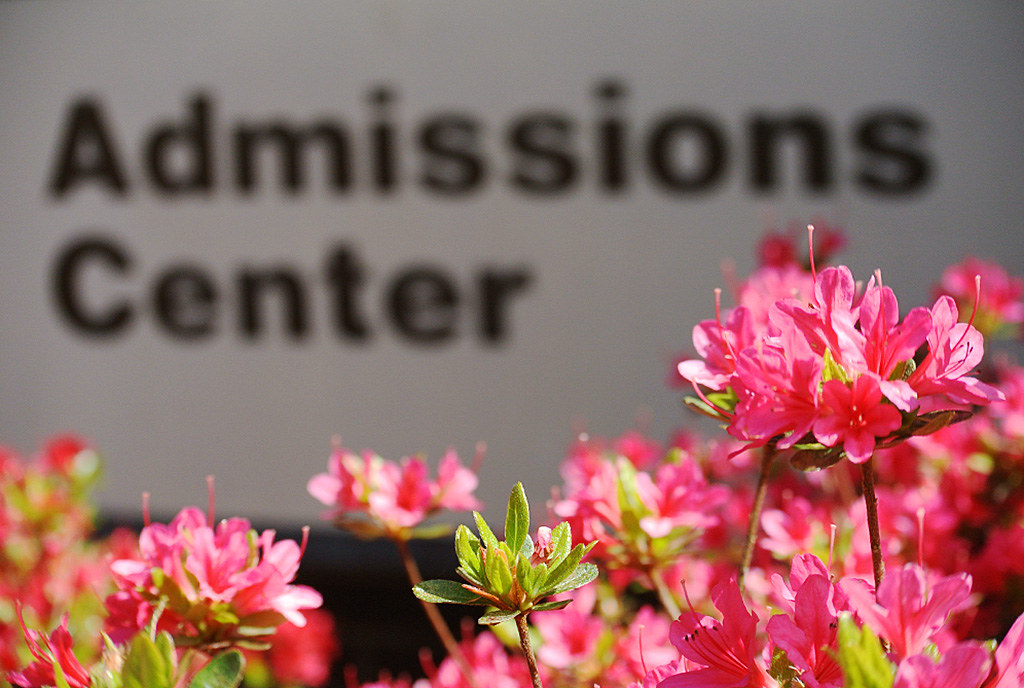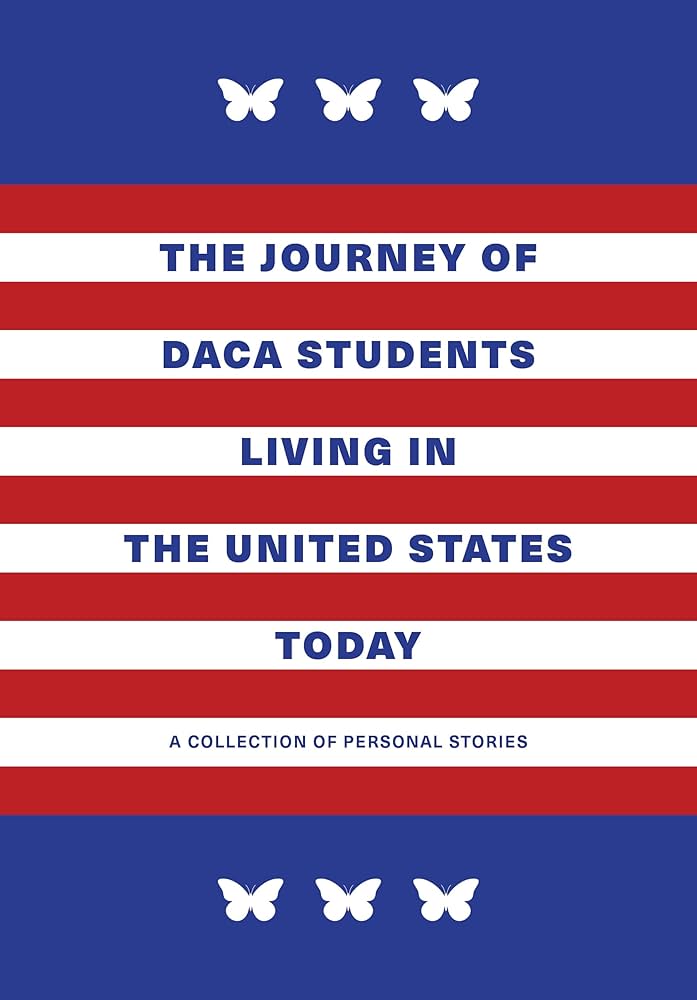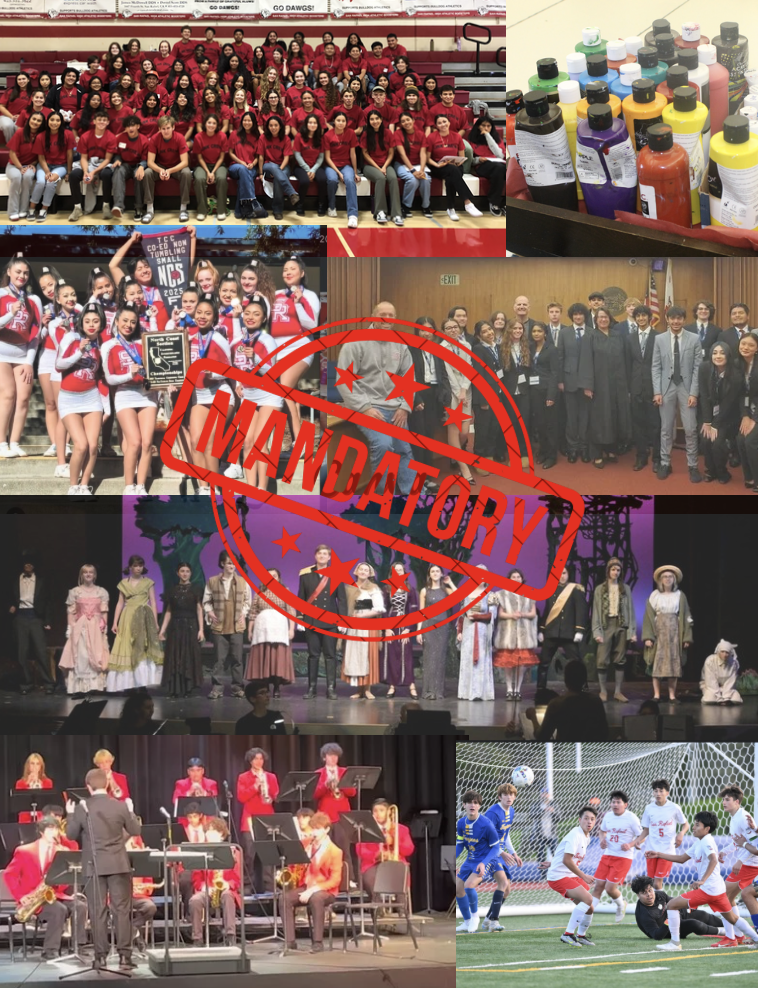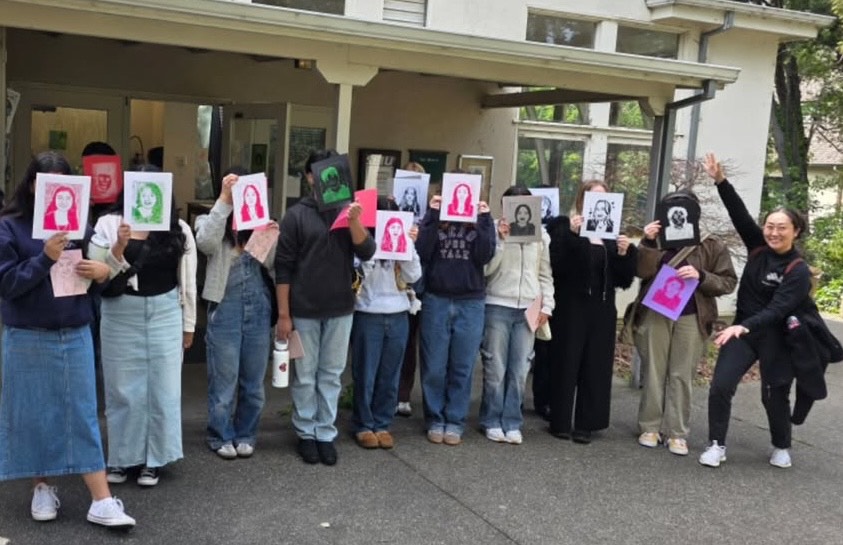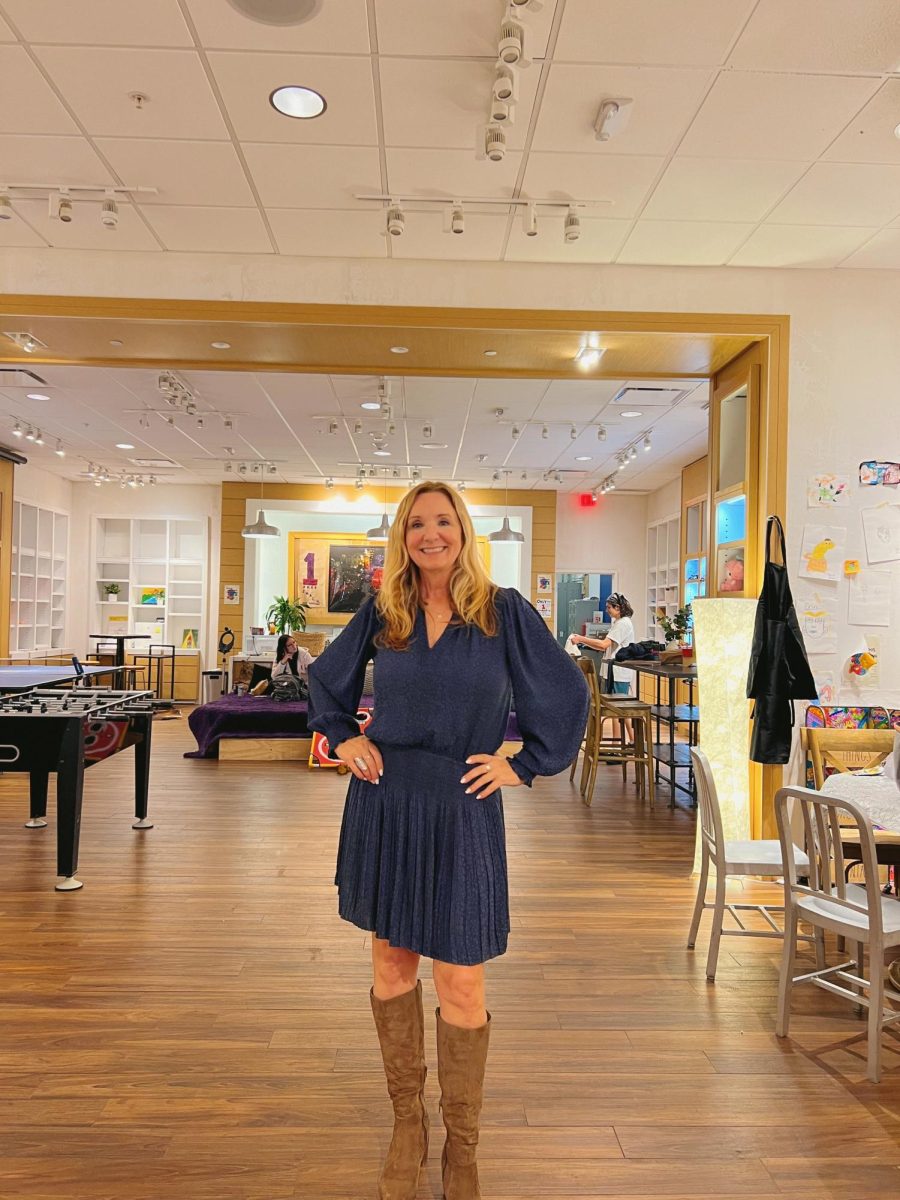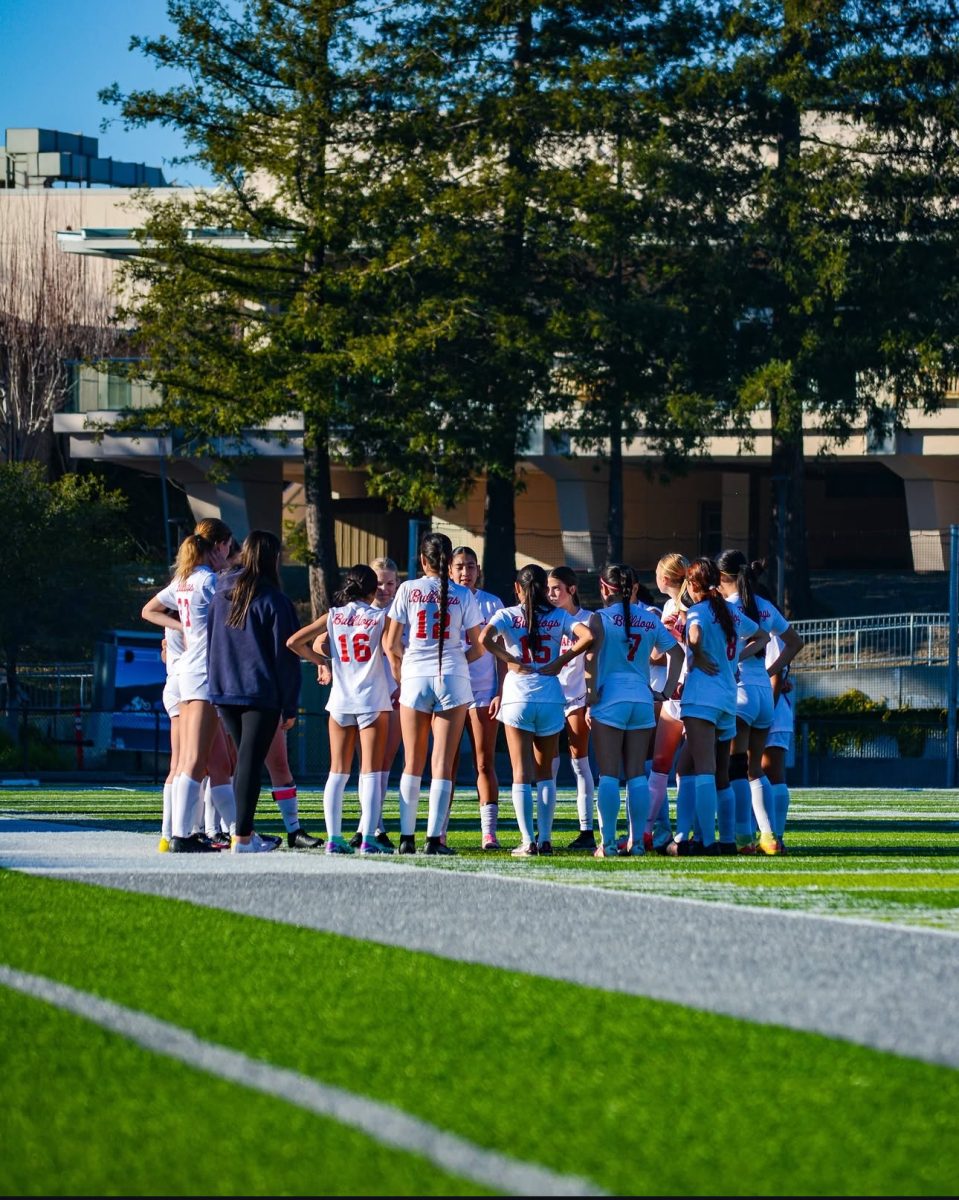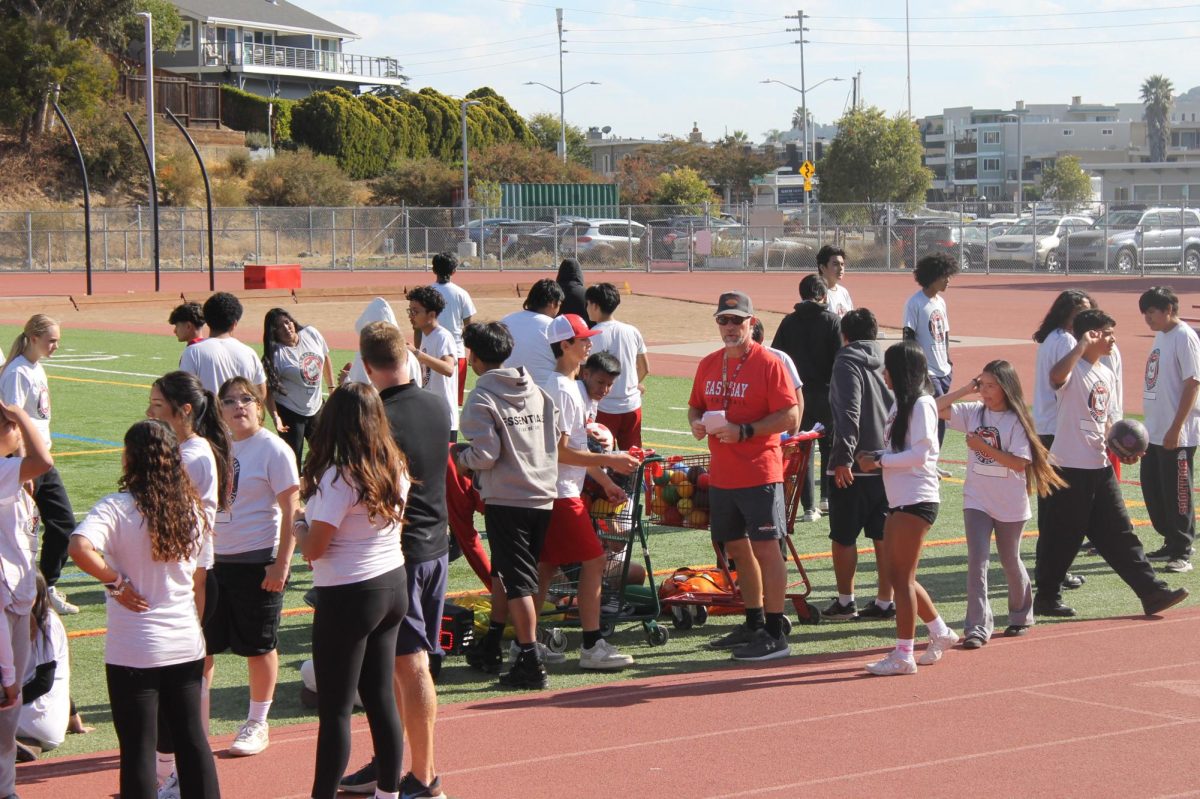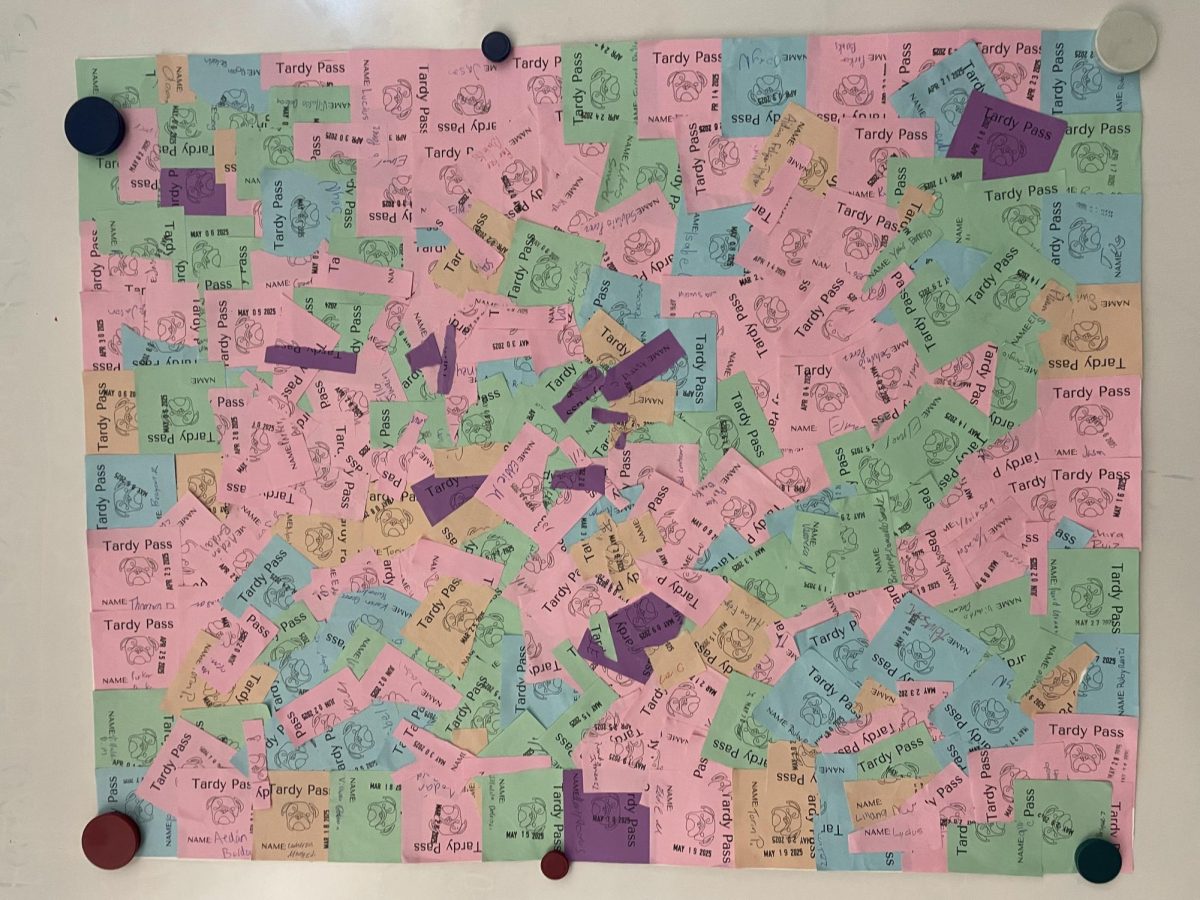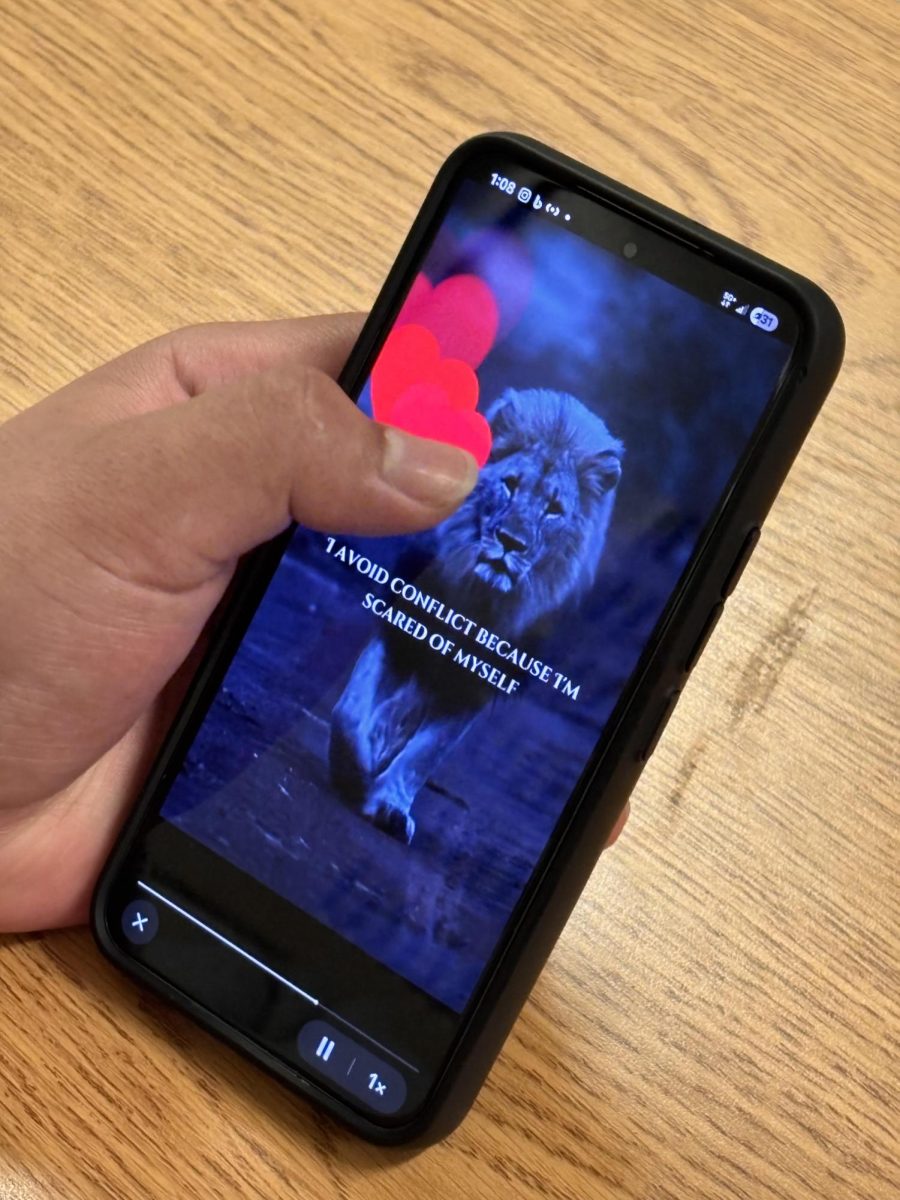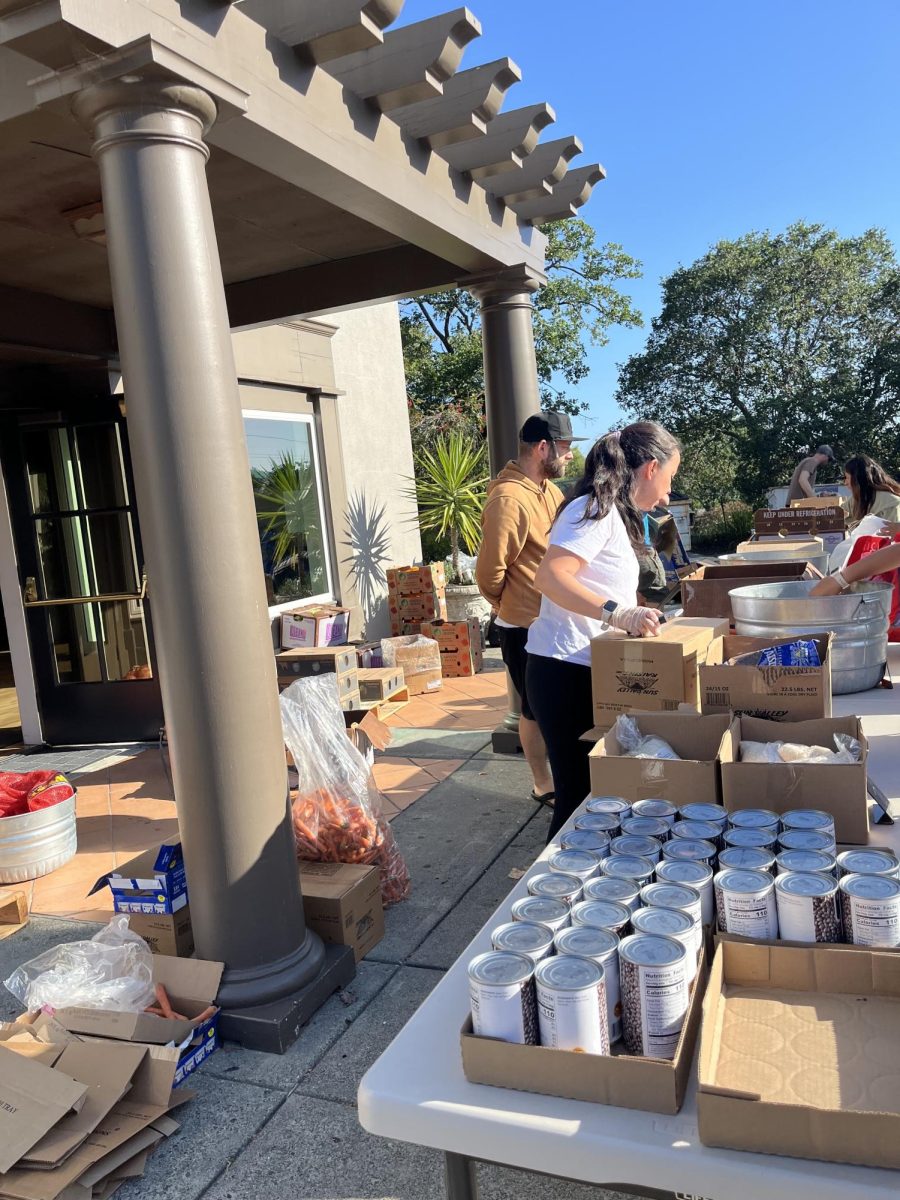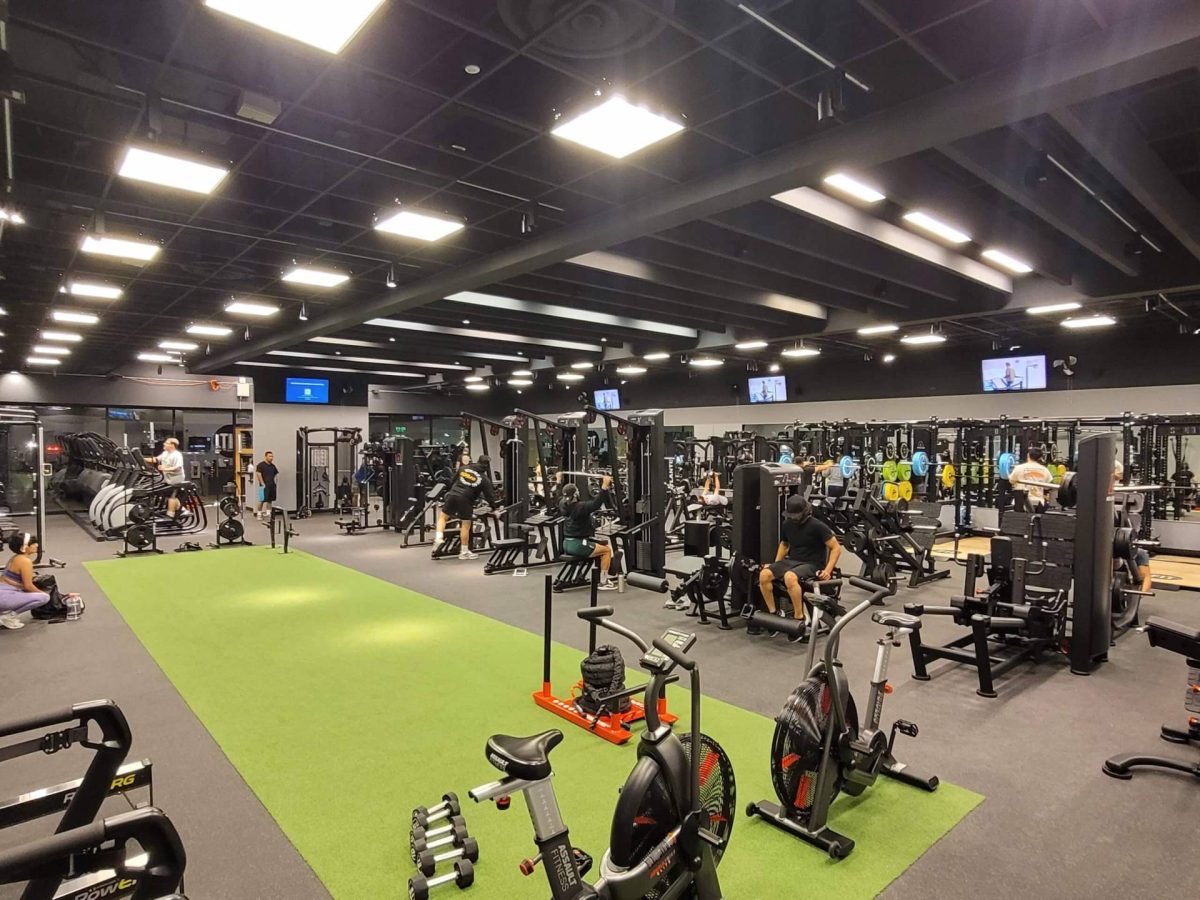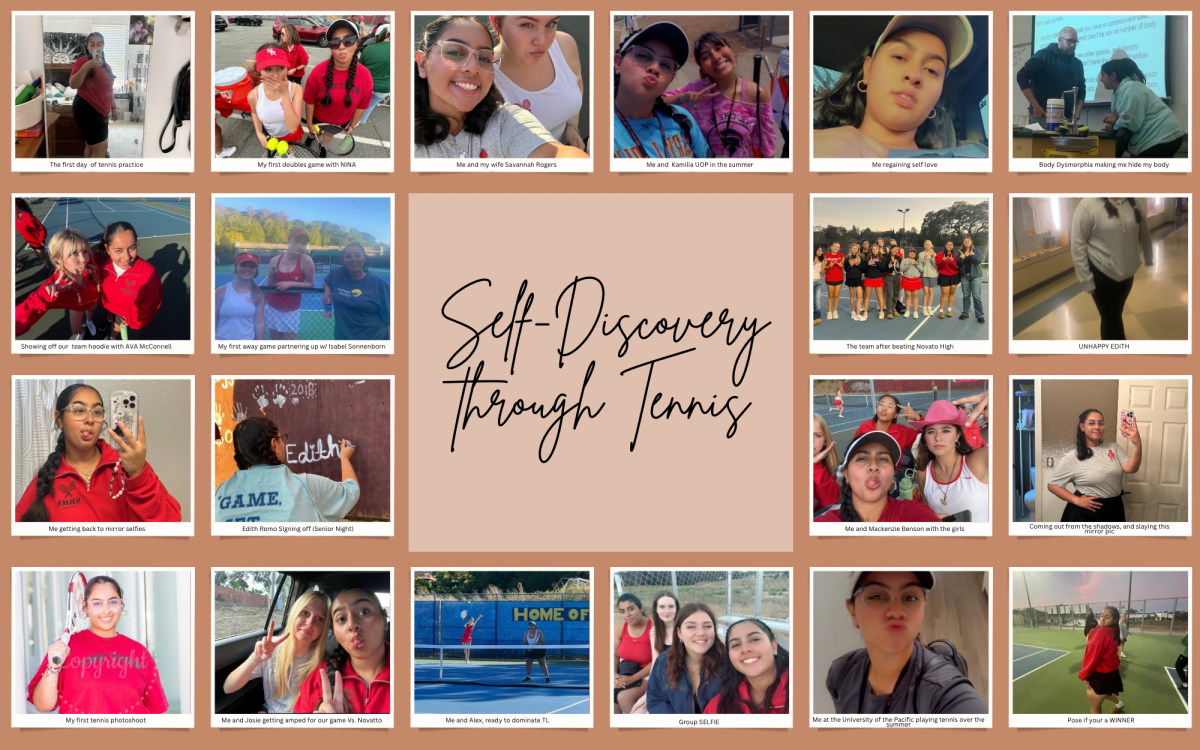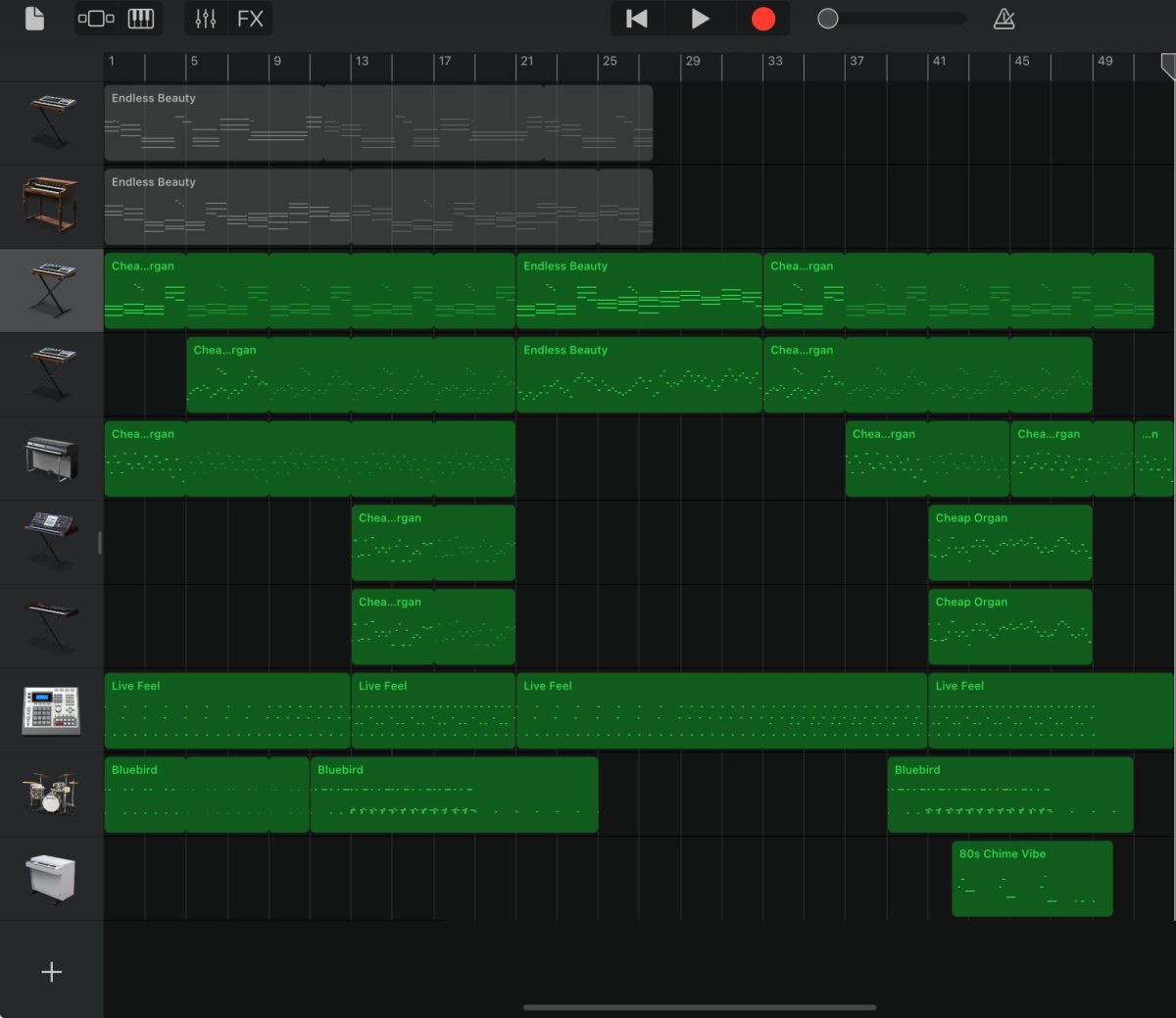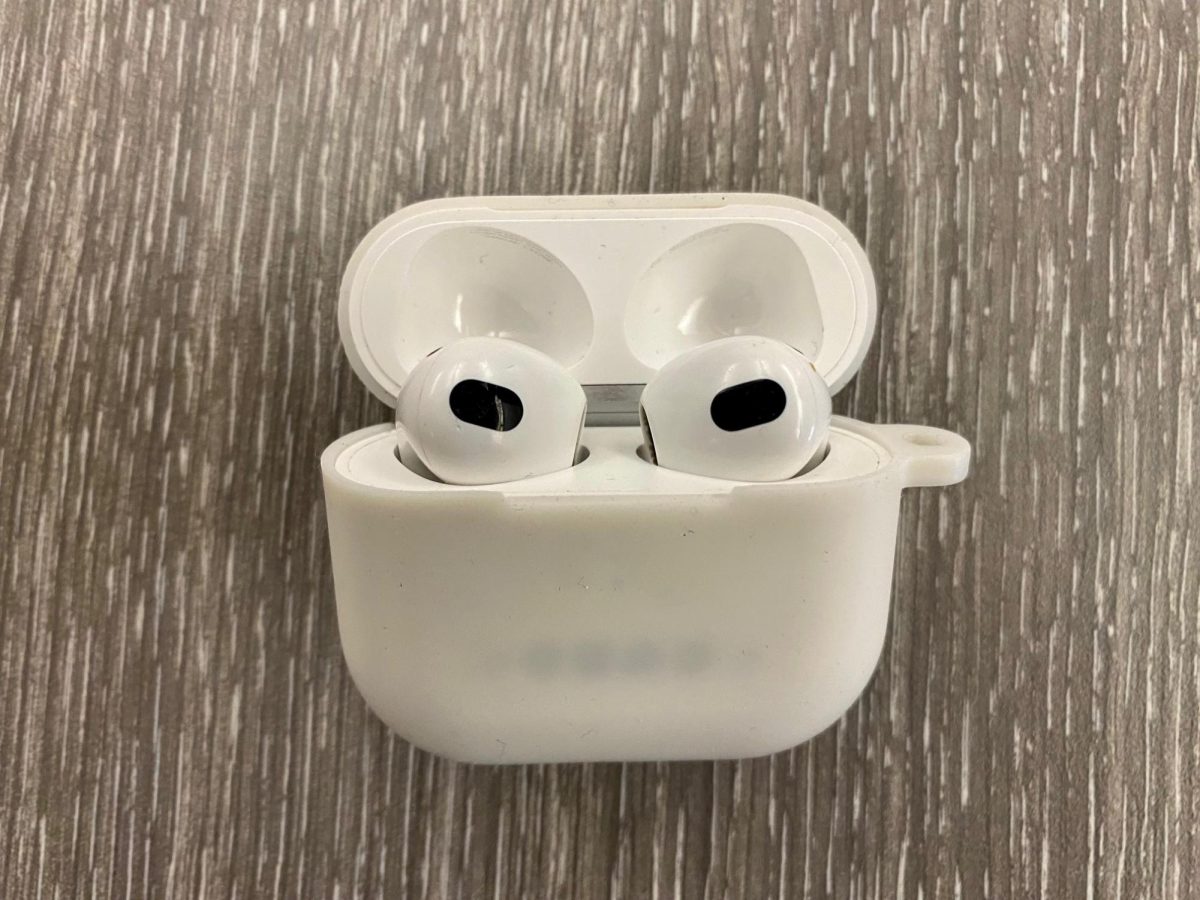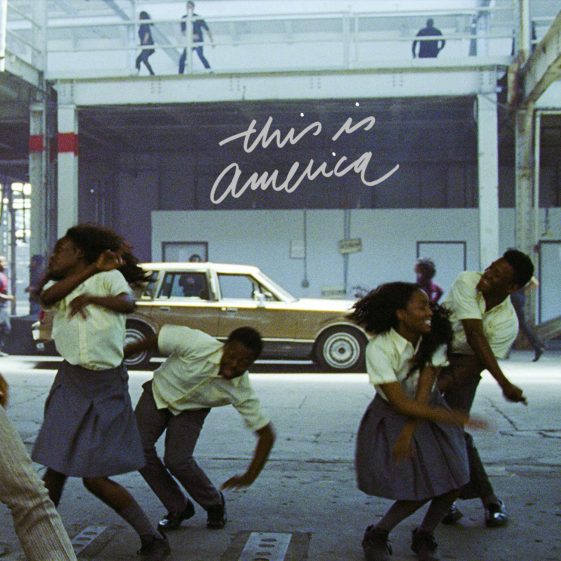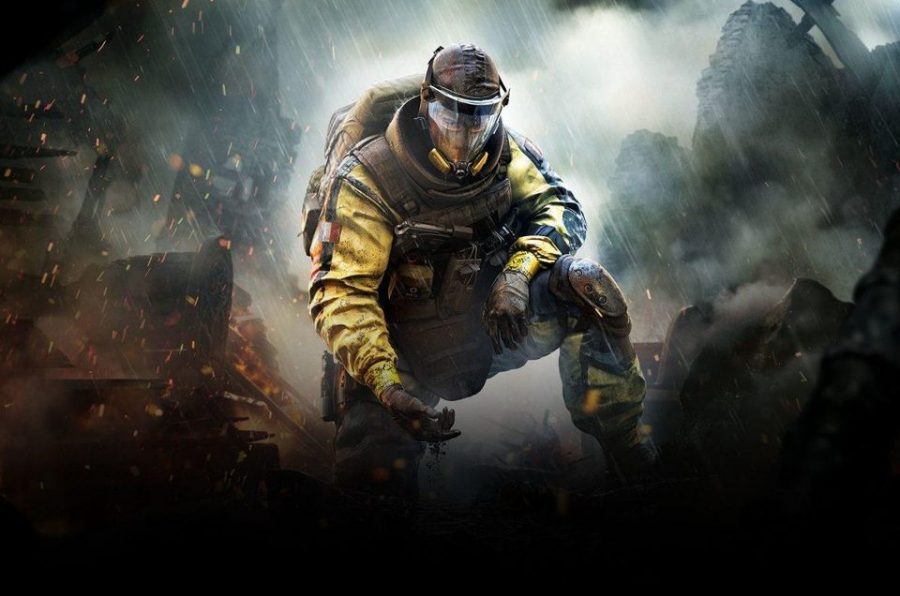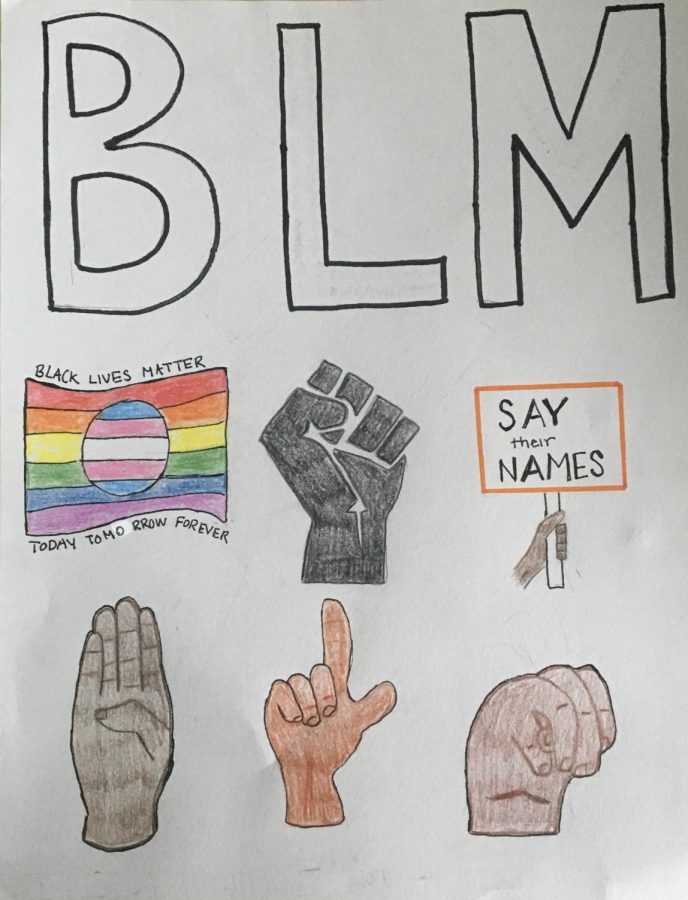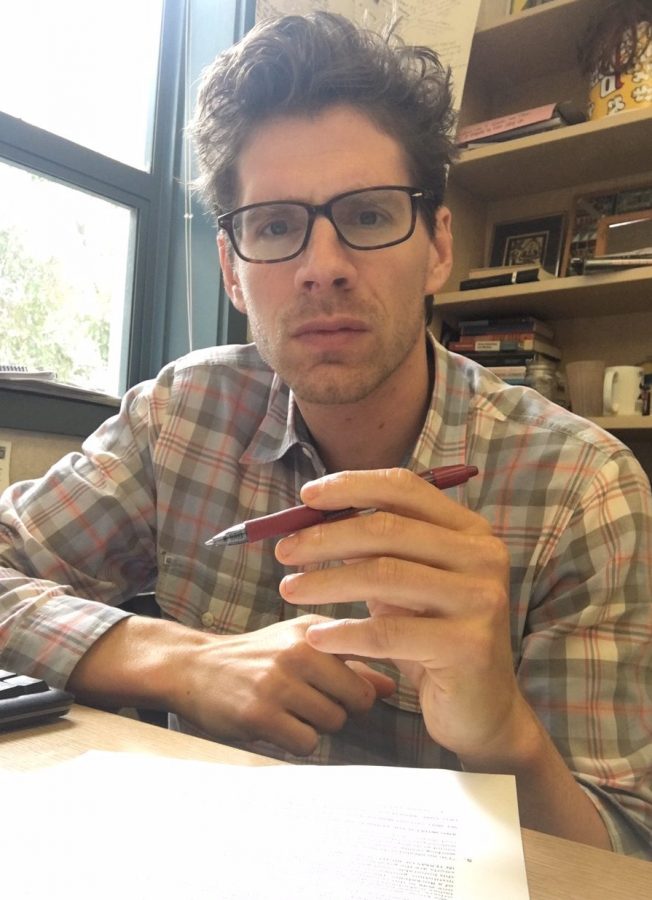You look at the clock and there is 20 minutes left before your assignment is due. You are exhausted, just had practice, and have four other assignments to finish. The document looks back at you with a blank slate and a blinking cursor like a countdown. You copy and paste the prompt that your teacher assigned last week, “Write a synthesis essay about global warming” into Chat GPT. Within 1 minute you turned in your essay. You copy, paste, and submit an essay that is perfect, sounds smart, and has perfect grammar. The guilt begins to flood your mind, but then it fades. You turned something in and you will most likely get an A. Who even has the time to care?
But did you even think? Did you write? Even if this is considered cheating, which most teachers do, the lines are blurry. What if you did all the research yourself and created your own ideas but then asked ChatGPT to make it into a draft? What if you only asked ChatGPT to create an outline to get your writing going, or used AI to make your sentences more clear?
It’s easy to say “I already did the hard part, I just needed help to form my ideas, I know what I want to say but I don’t have time.” The more you convince yourself it’s okay to use, the more you will use AI again and again.
This is happening right now and it becomes a pattern of behavior, where students find themselves relying on it. At San Rafael High School students are using artificial intelligence tools such as ChatGPT. It is changing how students approach writing, thinking, and learning. “I use ChatGPT almost all of the time,” said Ethan, a pseudonym for a SRHS student that wishes to remain anonymous. “Usually I ask it to reword a paragraph or help me brainstorm ideas. But if I’m really stressed I just ask it to write the intro for me.”
Ainsely, a freshman at SRHS, said she mainly uses ChatGPT for math, especially when she gets confused with the steps. But she also admits that she sees other students use it just to get answers.
“I use Snapchat AI,” said Kylie, a pseudonym for a Junior at SRHS that wishes to remain anonymous. “I use it for homework and I don’t really feel guilty. I always use it for English essays or for my Statistics class.” Kylie, Like many students use AI as an everyday tool for school, not something she sees as being dishonest.
Another student who wishes to remain anonymous said, “I use it for everything, Spanish, math, especially busy work. Sometimes I use it to correct or change words to sound better.” Many students use AI for basic writing and editing.
Another senior said, “Whenever I have a question, I use it. I use it for all of my English assignments, fully.” AI is not just a support to students but some use it for the entire writing process.
These experiences show us that the use of AI is everywhere at SRHS, even if students have been using it in different ways.
These tools are starting to become invisible, they are built into websites, phones, and computers. Students are constantly relying on AI to write their papers for them, create outlines, brainstorm ideas, or summarize readings. What was once cheating is now just a way for students to get easy A’s in their class, that’s if their teachers don’t notice. Mary Smith, a pseudonym for a SRHS student that wishes to remain anonymous, explained how she uses ChatGPT for every class due to laziness.
If machines are doing all of the hard work, what happens to students’ ability to think, create, or argue?
ChatGPT, a generative AI, was released in 2022 by Open AI. It is a very powerful tool. It can generate a response to any question in seconds, such as creating essays, fact checking, or even imitating writing. A student can paste in some of their writing and tell it to copy their writing style, then boom, it gives them back just what they wanted. This is a very useful tool for students who feel they are overwhelmed with work and need to get something done quickly, but there is always a catch even if it feels like a gift. Within weeks of it coming out people across the world were using it. A survey by Pew Research found that “55% of Americans said they regularly use AI.” But what are they actually using it for?
For some, it’s for writing essays or creating emails. For others it’s just for fun, pictures to send to friends, or researching because you’re curious. Currently, AI is not something we choose to use, but instead it is integrated in almost everything we use online. Try googling anything now. AI-generated answers are the first thing you see. It isn’t a tool that you go out of your way to use anymore, it now is so easy to access. AI is built into almost all of the platforms we use everyday which is changing how we research, read, and respond to things even if we don’t realize.
People are attracted to AI very easily; it’s fast, smart, and always there, so why not use it? If you are stuck AI won’t be, if you are tired AI won’t be. For students who are balancing sports, jobs, family, and school it is a very accessible shortcut. However, the line between supporting and replacing is becoming more blurry as time goes on.
Students at SRHS are open about how they use AI. Abby Sims, a sophomore at SRHS, said that she uses it mainly for structure. “It helps me shape my work. I never use it fully for an assignment.. just as an outline.” For Abby, ChatGPT is like a jump start. It is something to help organize her ideas and get over the blank page, but she still uses her own voice in the writing.
This is where the line starts to blur. Students aren’t always turning in essays written completely by AI. Some are using it to structure their ideas, rephrase some sentences, or correct the grammar. Others are using it much more, relying on it more for when they dont feel that assignment is important.
Audrey Merk, a Junior at SRHS, said, “If you use it to help supplement your writing, it’s useful. But if you use it to write all of your work, it makes you depend on it.”
It depends which part of the thinking you let AI do for you and whether you can say out loud, “These are my ideas.”
James Titcomb, a technology editor for The Telegraph, recently wrote that “confidence in AI is associated with reduced critical thinking effort,” while “self-confidence is associated with increased critical thinking.” In other words, the more we trust AI to do our thinking, the less effort we will put into thinking for ourselves.
At SRHS, teachers are noticing.
“It’s like a muscle,” said SRHS English teacher Mrs. Kilgariff. “The brain is a muscle and it needs to be exercised. You frankly will not learn to think critically on your own if a machine is doing it for you.”
SRHS English teacher Ms. Thurston is seeing firsthand how AI is changing the way students write. “It’s absolutely harming student writing skills,” she said. “And perhaps even more importantly, it undermines their critical thinking, their ability to make choices as writers, and their development of authentic voice.”
For Thurston, the most concerning part for her is that students don’t even realize how dependent they are on it. “Many think that there is a ‘right’ way to sound, one “characterized by a formula established by a computer,” she said. This takes away the opportunity for students to use their own messy and evolving human thoughts, finding their own authentic voice.
In response to this, Thurston and some other teachers have started to require handwritten assignments or monitor the students computer for in class essays. Ms Thurston said, “I want to see the mistakes, the revisions, the choices. That’s where real thinking happens.”
The use of AI also exposes a new culture in schools today. It shows the new focus on productivity, speed of getting things done, and making sure everything is perfect.
“The idea that the faster we can get something done…we have created a goal, to find shortcuts and workarounds. And that is not the goal,” said Mrs. Hager, an English teacher at SRHS. “It doesn’t make you smart. It doesn’t make you better. In fact, it makes you worse, it makes you dumber, and it makes you weaker.”
She compared it to being on a bike team. If you join a bike team and add a motor on your bike, would you compare yourself to other people on the team? “No. The world isn’t about workarounds. The world is about getting stronger and better.”
Mrs. Hager even made a slideshow for her students comparing AI to baking a cake. A perfect cake is obviously not a student’s work, as AI, even if it might look good, is not a student’s work, as she described it.
It is not just about cheating but if students still care about the learning process rather than just the result. If school is just about quickly getting homework assignments done and checking off your homework list instead of learning skills, then AI is not the real problem, its just reflecting society.
Another consequence from AI that is a worry for many teachers is trust.
“It’s a recipe for broken trust,” said Mrs. Kilgariff. “If AI does the legwork, the opinion is synthetic and inauthentic. It creates irreparable damage to relationships between students and teachers.”
She also added that, “Those who engage authentically are undermined by students who let a machine think for them.”
This is why many SRHS teachers have started creating stricter policies. Some teachers use AI detection tools, pasting their work into three different websites. But banning AI might not be the best answer.
In an interview, Dr. Torrey Trust, a professor of Learning Technology at UMass-Amherst, said, “AI isn’t going away.” She said that if anything, students who don’t learn to use it critically risk falling behind, not just in school, but in future workplaces where AI skills are valued.
A 2024 Microsoft report found that “employers are more likely to hire a less skilled worker who knows how to use AI compared to a more skilled worker who doesn’t.”
So if AI isn’t going away then what should schools do?
Dr. Trust believes it’s how students use AI.
“If a student uses AI in a way that offloads their thinking, communication, or learning (e.g., ;write this email for me’ or ‘write a 1 page paper on this topic for me’), then it would weaken their ability to think critically and write well because they would then become reliant on this tool to do that work for them, rather than thinking critically, communicating well, or learning new information/skills on their own.”
She believes that schools need to help students build awareness by teaching students how to think with AI, not let it do all the thinking for you.
Olivia Dugan, a senior at SRHS, admits to using AI, but only for assignments she feels are “busywork.” “For English, which I love, I would never use it,” she said. But for the random Spanish worksheets she’s assigned, she does use it, as she feels “it is a waste of time.”
These lines still become blurry especially for students under pressure. Students are afraid to fail as expectations are constantly rising higher and higher. The temptation to just paste the problem into ChatGPT and watch as the answer shows up, is strong.
Another issue schools face, even at SRHS, is equity. Not every student has the same access or relationship to AI.
Even when students do have access to AI, everyone’s understanding on how to use AI is different because they were never taught. Some know how to use it for outlines, how to revise their essay, or how to use it to study. Others just copy and paste their prompt into ChaGpt because that’s all they know how to do.
At SRHS this is seen with some people using Chromebooks, which restricts ChatGPT, and some people using their own Macbook, where ChatGPT is free to use.
If AI can write essays, answer any question, then what can’t AI do?
It can’t create a real classroom community or genuinely feel emotions like happiness or frustration. It doesn’t understand the slow process of finally understanding something after being stuck, and it can’t discover something new by observing. It also can’t replace a student’s experience, curiosity, and voice. The most important thing in a classroom. However, there are stories of people who have formed emotional bonds with AI.
A 2025 Neuroscience News report found that people form long term emotional bonds with AI and trust them with their personal information. “With relational AIs, the issue is that this is an entity that people feel they can trust…when in fact, they could be fabricating things or advising us in really bad ways,” said Dr. Daniel D. Shank in the report. DR. Shank is a psychologist studying AI and social behavior. According to him, these emotionally powerful bonds are an illusion, not a real experience or a real understanding.
AI is not going away, but instead getting faster, smarter, and included more into our daily lives.
The San Rafael City School’s district has been trying to create a vision of how AI is going to be implemented into the curriculum and learning.
Mr. Dominguez, the principal at SRHS said, “I feel like we’re a bit more traditional and that we have a lot of teachers that are more skeptical about it. So I haven’t really created a policy around AI yet or spend too much time teaching teachers how to use AI in the classroom in a way that’s beneficial for students. But that is a goal next year.”
The SRHS Academic Integrity Policy currently that cheating does include AI use, including ChatGPT.
However, SRHS is already testing out AI in classes, specifically the AVID class. SRHS technology director Mr. Burner is helping students learn to use an AI writing assistant called Khanmigo. Khanmigo is an AI writing tool that acts “like a writing coach that’s sitting with you, that you can chat with,” said Mr. Burner. It doesn’t just give suggestions about the technical aspect of writing but also the structure and flow that is used for writing an essay.
Other schools in the district are also using this AI program. Terra Linda High School has been using Khanmigo in two English classes and has had pretty positive feedback. Four teachers at SRHS are also participating in the pilot and they hope to use their feedback and experiences to see if Khanmigo should be included into classes.
The problem hasn’t been funding. “We have access to a lot of free AI just with the Google platform,” said Mr. Dominguez. “It’s just about turning it on.” Instead the challenge is helping teachers feel comfortable using AI in their classrooms.
AI is not just a trend that is going to be forgotten soon, it is now a part of how students learn, teachers teach, and how schools work. It changes everyone’s habits and expectations in school and outside of school. Even though banning it might seem like the right choice it won’t solve the unequal access, the pressure of academics, and the new focus of the result rather than the process.
We shouldn’t be worried about if we should use AI but instead if we can use it without losing ourselves. Students need to learn how to think with AI and not let it think for them. There needs to be a new culture where we all value thinking more than getting things done fast and when learning is more important than the perfect essay or the perfect answer.
An app can teach you to care or replace your creativity, but that part is still up to you.




